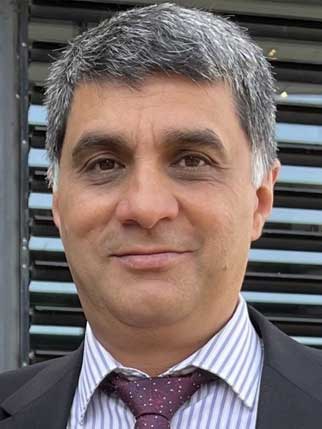Millimetre waves (mm-waves) communications is a pertinent research topic aiming to evolve the capabilities of cellular communications. However, congressed radio spectrum and band fragmentation for cellular, WiFi and broadcast services beyond 6 GHz has resulted in poor receiver sensitivities and in some cases, adjacent channel blocking.
This project, a collaboration between the National Physical Laboratory and Bristol University, investigated the characterisation of millimetre wave frequencies in vehicular applications, including modelling different vehicular channels in different environments, which reflect realistic vehicle-to-vehicle or vehicle-to-infrastructure scenarios.
Supported by methodologies designed by performing outdoor and indoor measurements, the models were also optimised by considering different parameters such as the base station height, antenna’s beamwidth, and polarisation, as well as the types of road surface (Asphalt or Concrete).
The parameters studied in this project were used to investigate the effects of vibrations that occurred due to suspension variation when a vehicle moves on an uneven road. The vibrations cause antennas to de-point; consequently, they induce Doppler and micro-Doppler power spectrum due to the changes in the composite phase and amplitudes of the antenna’s radiation pattern. The phase changes are the main reason for generating micro-Doppler shifts and for being investigated by conducting reflectivity measurements of different metal reflectors acting as targets in a controlled environment.
By considering the effects of antenna arrangements to create a realistic performance assessment of emerging 5G systems, it should be possible to develop propagation channel models at mm-waves for indoor and outdoor environments that reflect the true behaviour of the radio channel.

My research potentially impacts the implementation of millimetre waves in the industrial Internet of Things due to the requirements for ultra-reliable low latency communication.
Khalid Al Mallak - Bristol University